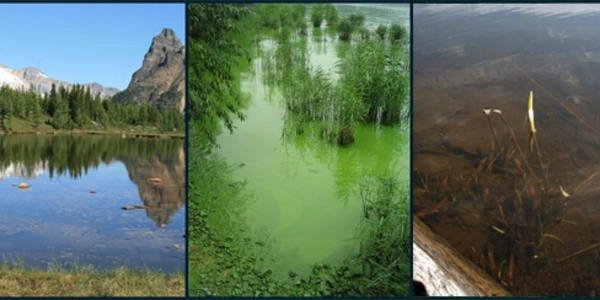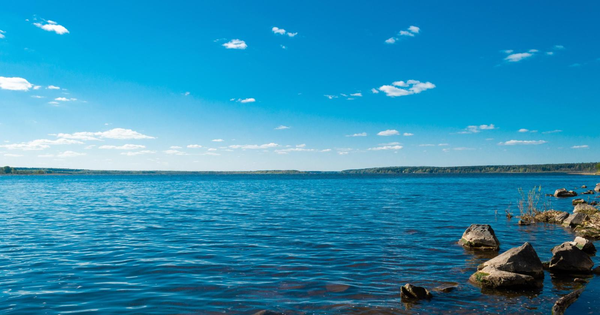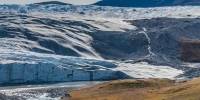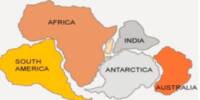Lakes come in a variety of sizes and shapes, but the most noticeable feature of a lake is its color. Color and transparency differences between lakes can be quite noticeable, but even within a single lake, color changes can occur over time. Lake color can reveal a variety of information about the water body (for example, nutrient load, algal growth, and water quality) as well as the surrounding landscape.
Climate change may cause some picturesque blue lakes to lose their blueness in the future. According to the first global tally of lake color, roughly one-third of the world’s lakes are blue. However, if average summer air temperatures rise by a few degrees, the team reports in Geophysical Research Letters that some of those crystal waters may turn a murky green or brown.
The changing colors could influence how people use the water and provide information about the stability of lake ecosystems. Lake color is determined in part by what is in the water, but other factors such as water depth and surrounding land use also play a role. Compared with blue lakes, green or brown lakes have more algae, sediment, and organic matter, says Xiao Yang, a hydrologist at Southern Methodist University in Dallas.
The changing colors could influence how people use the water and provide information about the stability of lake ecosystems. Lake color is determined in part by what is in the water, but other factors such as water depth and surrounding land use also play a role.
Yang and colleagues analyzed the color of over 85,000 lakes around the world using satellite images from 2013 to 2020. Because storms and seasons can temporarily change the color of a lake, the researchers concentrated on the most common color observed for each lake over a seven-year period. The researchers also created an interactive online map for exploring the colors of these lakes.
Dina Leech, an aquatic ecologist at Longwood University in Farmville, Va., who was not involved in the study, calls the approach “super cool.” These satellite data are “incredibly powerful.”
The scientists then looked at local climates during that time to see how they may be linked to lake color around the world. For many small or remote water bodies, records of temperature and precipitation don’t exist. Instead, the researchers also relied on climate “hindcasts” calculated for every spot on the globe, which are pieced together from relatively sparse records.

Lakes in places with average summer air temperatures that were below 19° Celsius were more likely to be blue than lakes with warmer summers, the researchers found. But up to 14 percent of the blue lakes they studied are near that threshold. If average summer temperatures increase another 3 degrees Celsius — an amount that scientists think is plausible by the end of the century — those 3,800 lakes could turn green or brown. That’s because warmer water helps algae bloom more, which changes the properties of the water, giving it a green-brown tint, Yang says.
Extrapolating beyond this sample of lakes is a bit tricky. “We don’t even know how many lakes there are in the world,” says study coauthor Catherine O’Reilly, an aquatic ecologist at Illinois State University in Normal. Many lakes are too small to reliably detect via satellite, but by some estimates, tens of thousands of larger lakes could lose their blue hue.
If some lakes do become less blue, people will probably lose some of the resources they have come to value, O’Reilly says. Lakes are often used for drinking water, food or recreation. If the water is more clogged with algae, it could be unappealing for play or more costly to clean for drinking. But the color changes wouldn’t necessarily mean that the lakes are any less healthy. “[Humans] don’t value lots of algae in a lake, but if you’re a certain type of fish species, you might be like ‘this is great,’” O’Reilly says.
Lake color can indicate the stability of a lake’s ecosystem, with shifting shades indicating changing conditions for the critters that live in the water. One advantage of the new study is that it provides scientists with a baseline for assessing how climate change is affecting Earth’s freshwater resources. Lake monitoring in the future could aid scientists in detecting future changes.
“[The study] establishes a baseline against which we can compare future results,” says Mike Pace, an aquatic ecologist at the University of Virginia in Charlottesville who was not involved in the research. “That, to me, is the study’s great strength.”
















